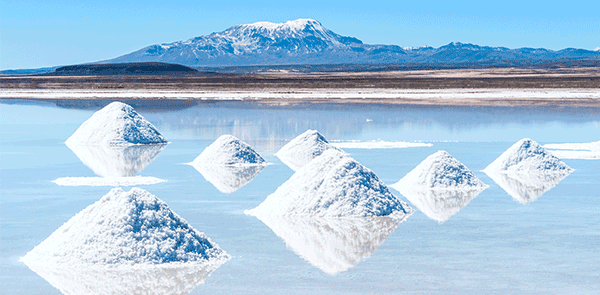|
Mining of critical minerals like lithium and cobalt will likely need to quadruple between now and 2040 to keep the overall global temperature from increasing beyond the two degree Celsius breaking point.
An underappreciated constraint on the green energy transition is the sheer mining and industrial capacity required to meet the likely demand for critical minerals used in key components of products like electric vehicles, or EVs. For example, when compared to its fossil fuel-based counterpart, each EV typically requires six times the inputs of minerals such as copper, nickel or graphite.
This need becomes more challenging when one factors in political and security situations in the source countries for many of these minerals. For example, lithium and cobalt are two of the most important minerals for EV batteries production. While lithium demand is expected to increase by a staggering 42 times by 2040, two thirds of the world’s reserves are in investment-friendly Australia and Chile. Unfortunately, almost 70% of cobalt is mined in the Democratic Republic of Congo — a nation with more than its share of insecurity, extreme poverty, and government corruption, evidenced in part by the fact that more than five million Congolese are currently internally displaced.
And the challenge isn’t merely where these minerals are mined: according to the International Energy Agency, the vast majority of green energy minerals are processed in the People’s Republic of China.
A recent Wilson Center analysis shows extraction of critical minerals suffers chronic underinvestment in the U.S. because it’s perceived as ecologically unfriendly, politically fraught, and extremely long term. Obtaining the required permits for a new mine can take up to ten years because it often involves multiple jurisdictions, and political, and legal challenges.
|











